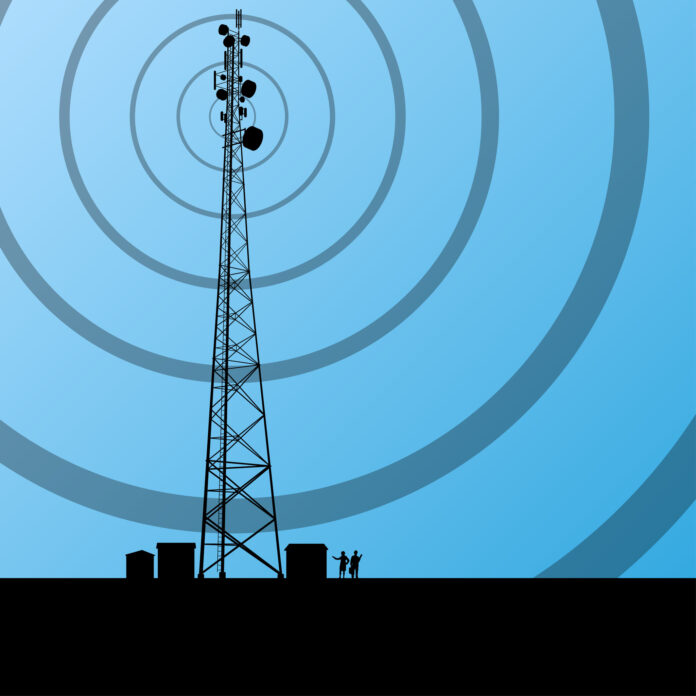Data analysis from NTIA looks at CBRS trends from April 2021 to January 2023
Deployments of Citizens Broadband Radio Service (CBRS) grew at a steady clip of about 12% per quarter during 2021 and 2022 and are dominated by outdoor sites using General Authorized Access (GAA), according to new analysis from the National Telecommunications and Information Administration’s Institute for Telecommunication Sciences.
The three-tiered spectrum-sharing framework in the CBRS band relies on every active CBRS transmitter being registered with a Spectrum Access System (SAS). Using data submitted by SAS providers, ITS researchers put together a look at the growth of CBRS between April 2021 (when quarterly data began to be submitted by SAS providers) to January 2023, a 21-month period.
“Now that several years have passed since the start of CBRS operations, there is an opportunity to assess the state and growth of CBRS,” the researchers wrote, adding that the “goals of CBRS were to facilitate growth in wireless broadband devices, provide cost-effective wireless broadband access for rural communities, enhance economic competitiveness by creating new jobs and new businesses, increase productivity, spur innovation, and improve public safety.”
Here are six key takeaways from the research:
1.As of January 1, 2023, there were 287,033 active CBRS devices (or CSBDs) transmitting across the U.S., compared to 129,782 as of April 1, 2021.
2.Over the 21-month analysis period, CBRS deployments had a mean quarterly increase of 12% per quarter and were up 121% between the beginning and end of the analysis period. The number of sites using Priority Access License (PAL) spectrum has been rising slightly faster, at about 17% per quarter.
3.The vast majority of CBRS sites have been deployed in rural areas—more than 70%, as of the most recently available figures. According to ITS’ analysis, as of January 2023, there were 206,108 CBRS access points in rural areas, compared to about 81,000 in urban areas.
4.Nearly half of CBRS access points are deployed in places that are part of the Dynamic Protection Area, the areas along the coasts of U.S. states and territories where incumbents such as naval radar systems receive priority in the band whenever they are present. The NTIA report said that 45% of the total number of CBSDs are deployed in counties that are part of the DPA, or 128,35 CBRS devices.
5.Most CBRS transmitters are using GAA-level permission to access the spectrum, rather than the licensed Priority Access level. NTIA’s report says that the number of active CBSDs using only GAA was 230,500 as this year began, compared to about 18,800 which were only using PAL access. About 37,700 CBRS access points were using both PAL and GAA spectrum grants. Among the sites that have a PAL grant, most of them also use GAA: 66.7% of sites with a PAL grant were also using GAA as of January 1, 2023.
6.There are two categories of CBRS devices (or CBSDs), Cat A (which can be deployed indoors or outdoors) and Cat B (which can only be deployed outdoors). The vast majority of CBSDs that have bene deployed are Cat B, or nearly 276,500 devices as of January 1. There were only about 10,500 Cat A devices deployed in the same timeframe. Most active CBRS sites have been installed outdoors; active indoor devices only accounted for about 3.5% of CBRS access points.
For more details and the full analysis, check out this NIST blog post.

